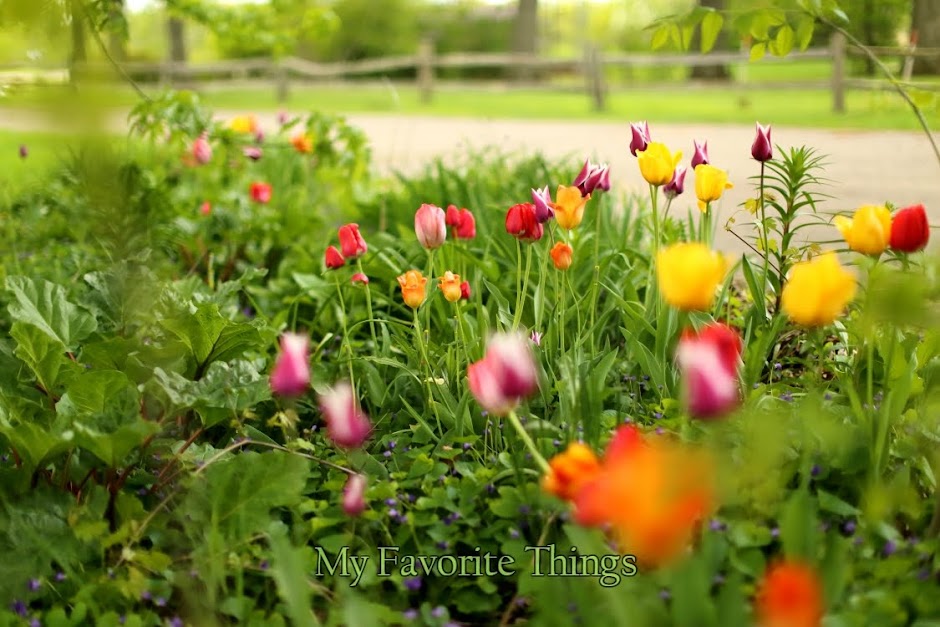Every
year, for the last several years, I've been pickling something. May
it be peppers (using vinegar) or cucumbers (using vinegar or
naturally fermented) or cabbage (fermenting it into sauerkraut).
This summer has been quite busy for me and I'm pickling very
late. Despite the cool autumnal weather, it's allowed the
growing season to continue longer than normal. So, over the
weekend, I went to the farmer's market and purchased peppers.
This
year, I wanted to try pickling my peppers in a different way. Rather
than pickling the peppers with vinegar, I wanted to try fermenting
it. By fermenting the peppers, I only use salt and water that
allows the peppers to "pickle" itself. The end result
creates peppers with good bacteria that's good for the gut.
Considering how much pickled peppers I eat through out the
year, I wanted to add more good bacteria to my gut.
I
used the following recipe.
Basically peppers, water and salt just make up the recipe. If you want to read more about the salt and water ratio, go here.
Here's my "step by step" instructions:
Here's my "step by step" instructions:
-1.5
Tablespoon of Pickling Salt (or 100% Sea Salt)
-2
Cups of water
-Jalapeno
(or mixed) peppers
1.
Mix salt and water until salt is dissolved, creating a brine.
Make more depending on how big your jar is or how many peppers you
intend to pickle. Basically, it's 1.5 tablespoon of salt for
every two cups of water.
2.
Wash the peppers AND make slits into the peppers.
3.
Put the peppers into a large jar.
4.
Pour the brine into the large jar with peppers until the brine
reaches almost the top.
5.
Put another small jar into the opening of the large jar. (This
helps to keep the peppers stay submerged under the brine.) Pour
some more brine into the large jar until the brine reaches the top.
6. Keep
the jar of peppers on top of a plate or bowl (to catch any brine that
may spill out), on the counter and out of direct sunlight.
7. Keep an eye on the jar of peppers to ensure that the peppers stay under the brine. Ensure that the peppers stay under the brine.
8. Each day or every other day, push down on the peppers and make sure the brine continues to cover the peppers. Keep adding more brine if necessary.
9. If bubbles or mold floats to the top, scoop it out and continue to keep the jar of peppers on the counter. After a couple of days, maybe a week, you'll notice a "pickle" smell coming from your jar.
10. After two weeks, you should be able to taste your peppers. If the peppers are to your liking, can put a lid on the peppers and put it in the refrigerator.
7. Keep an eye on the jar of peppers to ensure that the peppers stay under the brine. Ensure that the peppers stay under the brine.
8. Each day or every other day, push down on the peppers and make sure the brine continues to cover the peppers. Keep adding more brine if necessary.
9. If bubbles or mold floats to the top, scoop it out and continue to keep the jar of peppers on the counter. After a couple of days, maybe a week, you'll notice a "pickle" smell coming from your jar.
10. After two weeks, you should be able to taste your peppers. If the peppers are to your liking, can put a lid on the peppers and put it in the refrigerator.
Happy
pickling and let me know how it turns out.




2 comments:
Love your recipes, simple and easy to do. I will try it.
Anonymous, let me know how your fermented peppers turn out. I'm glad that you continue to like pickled peppers.
Post a Comment